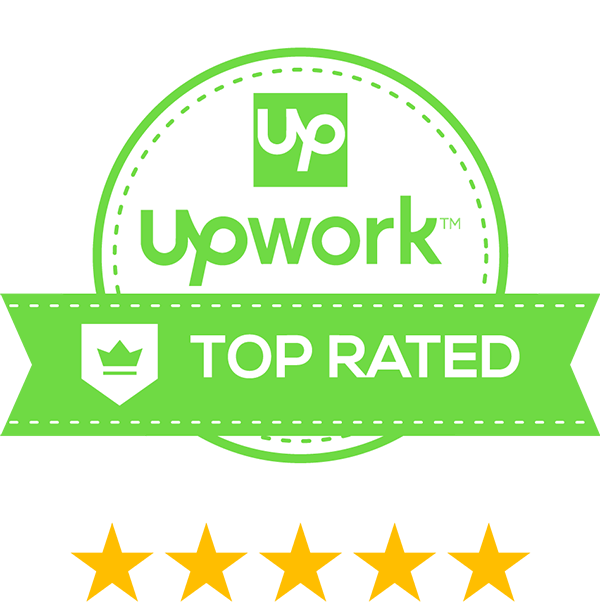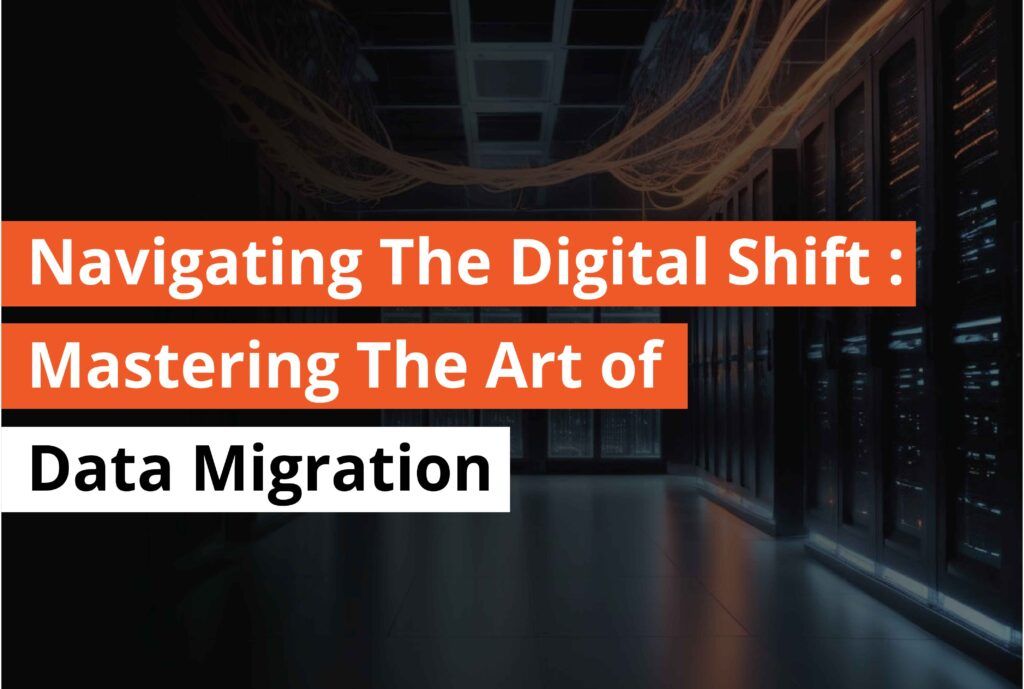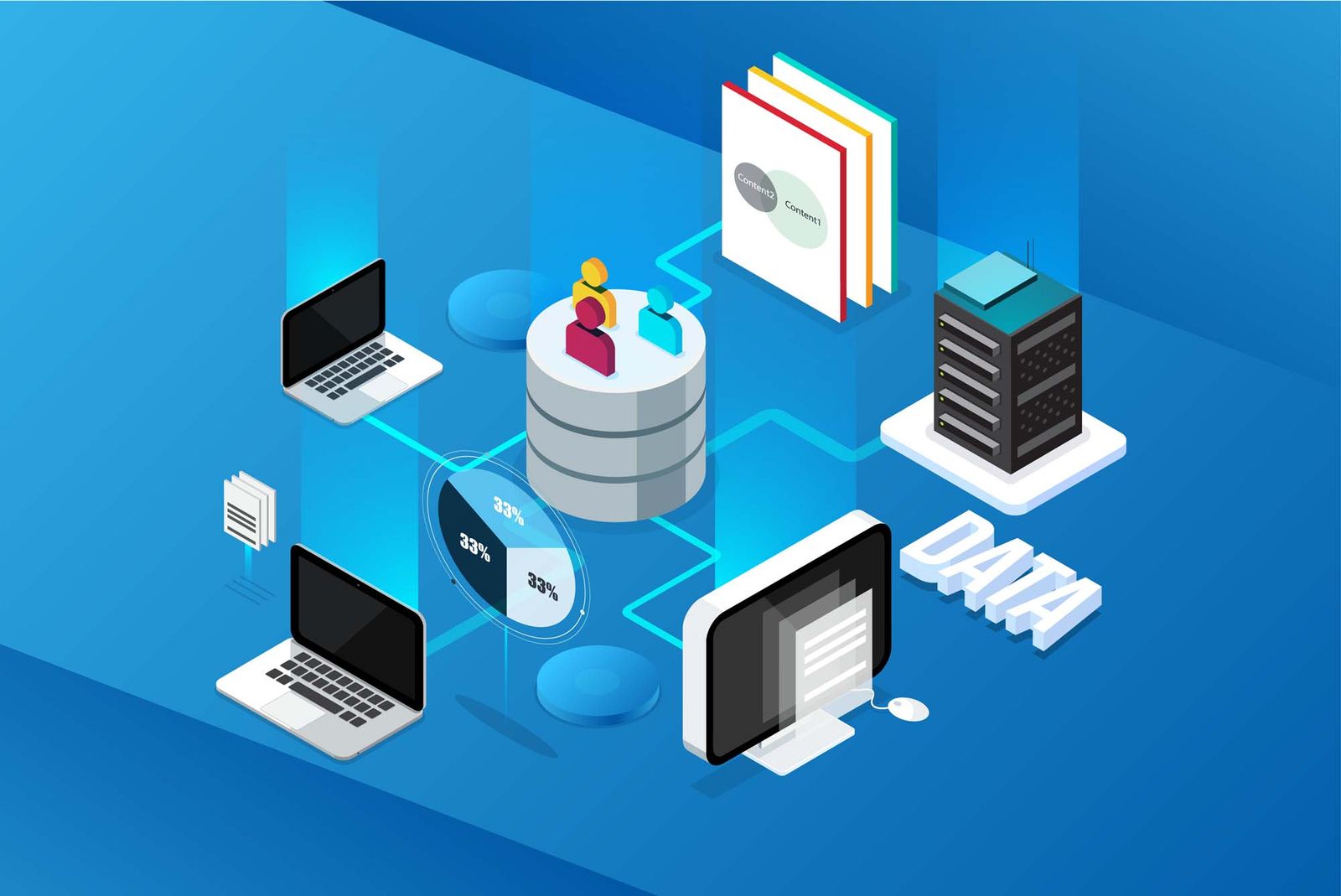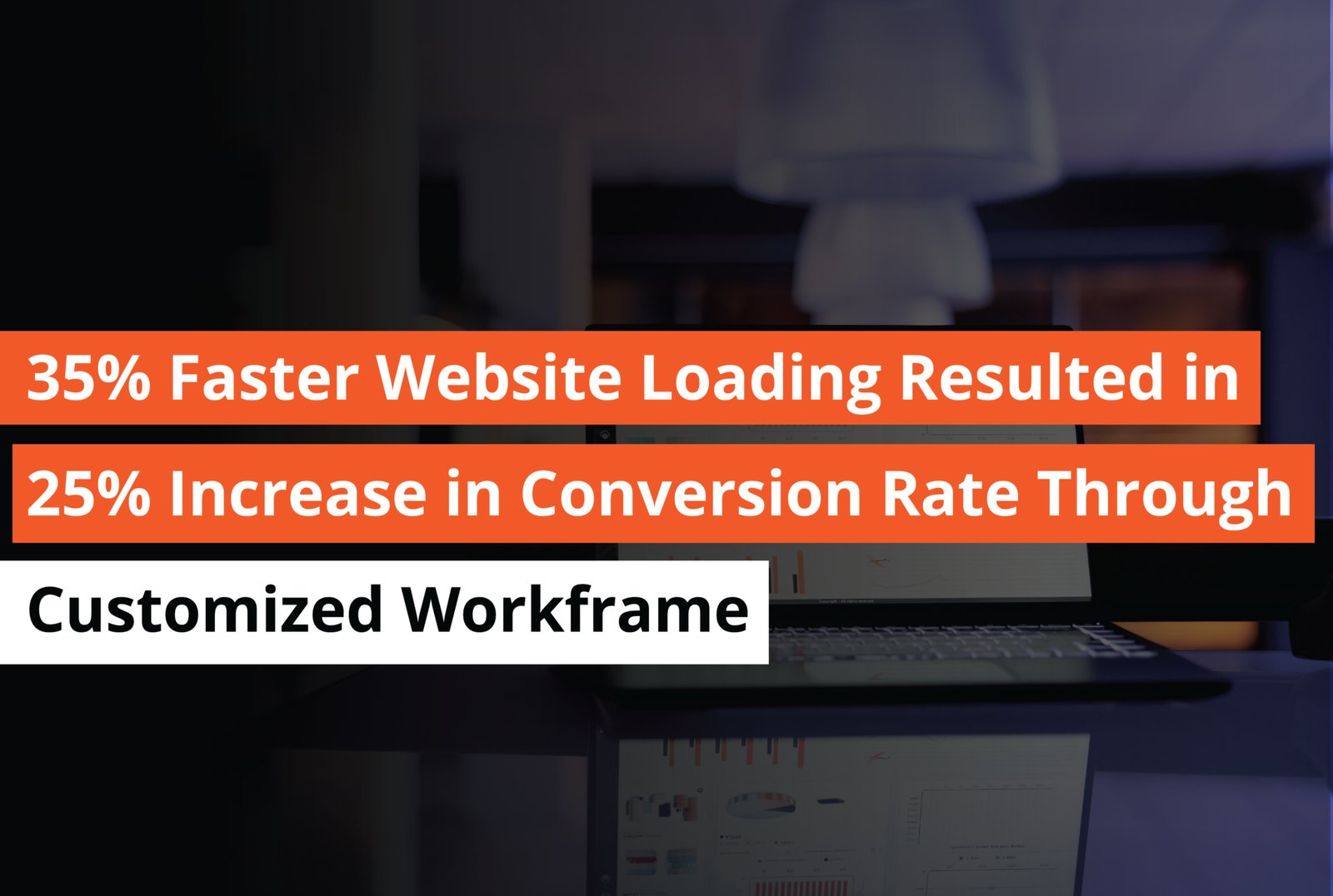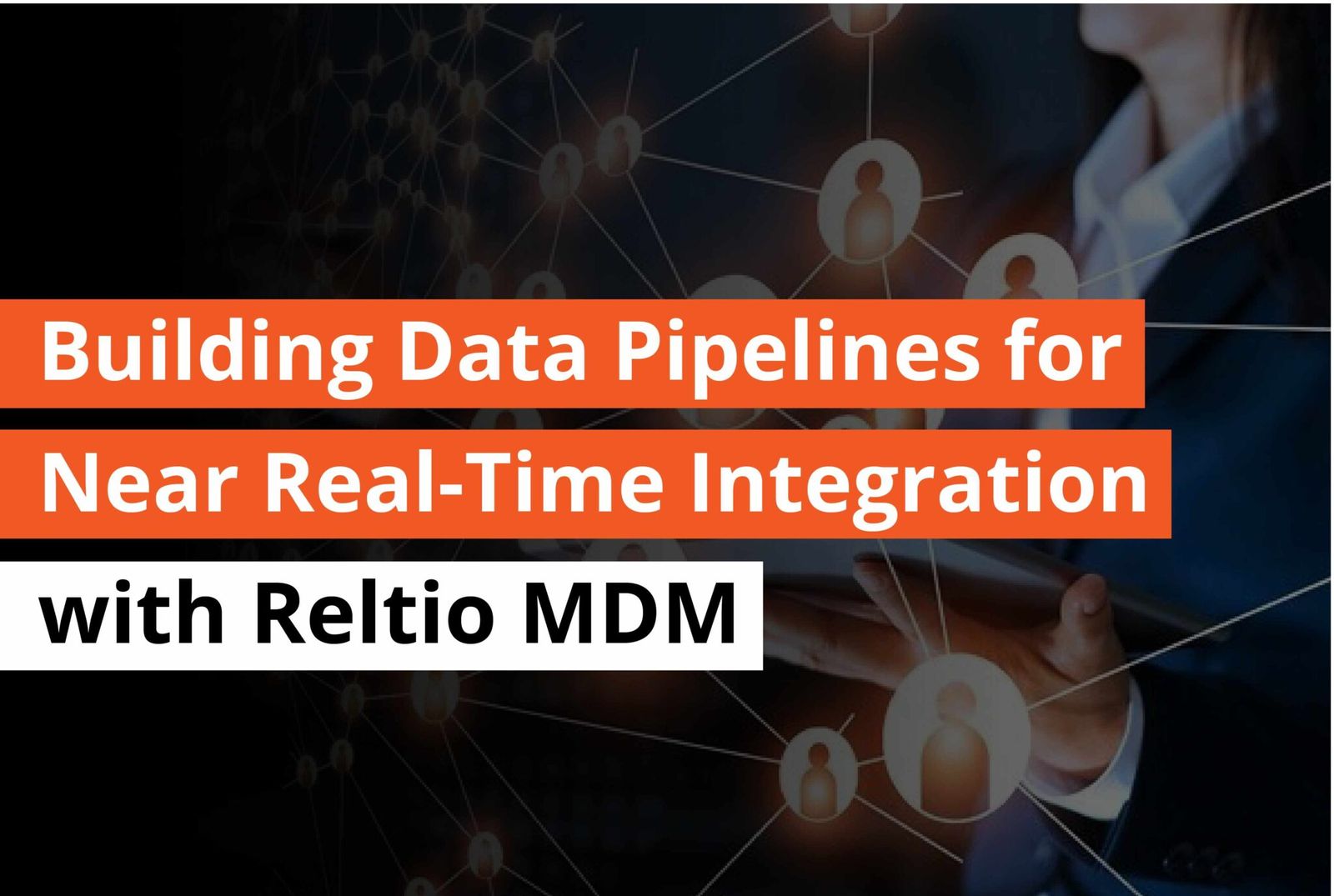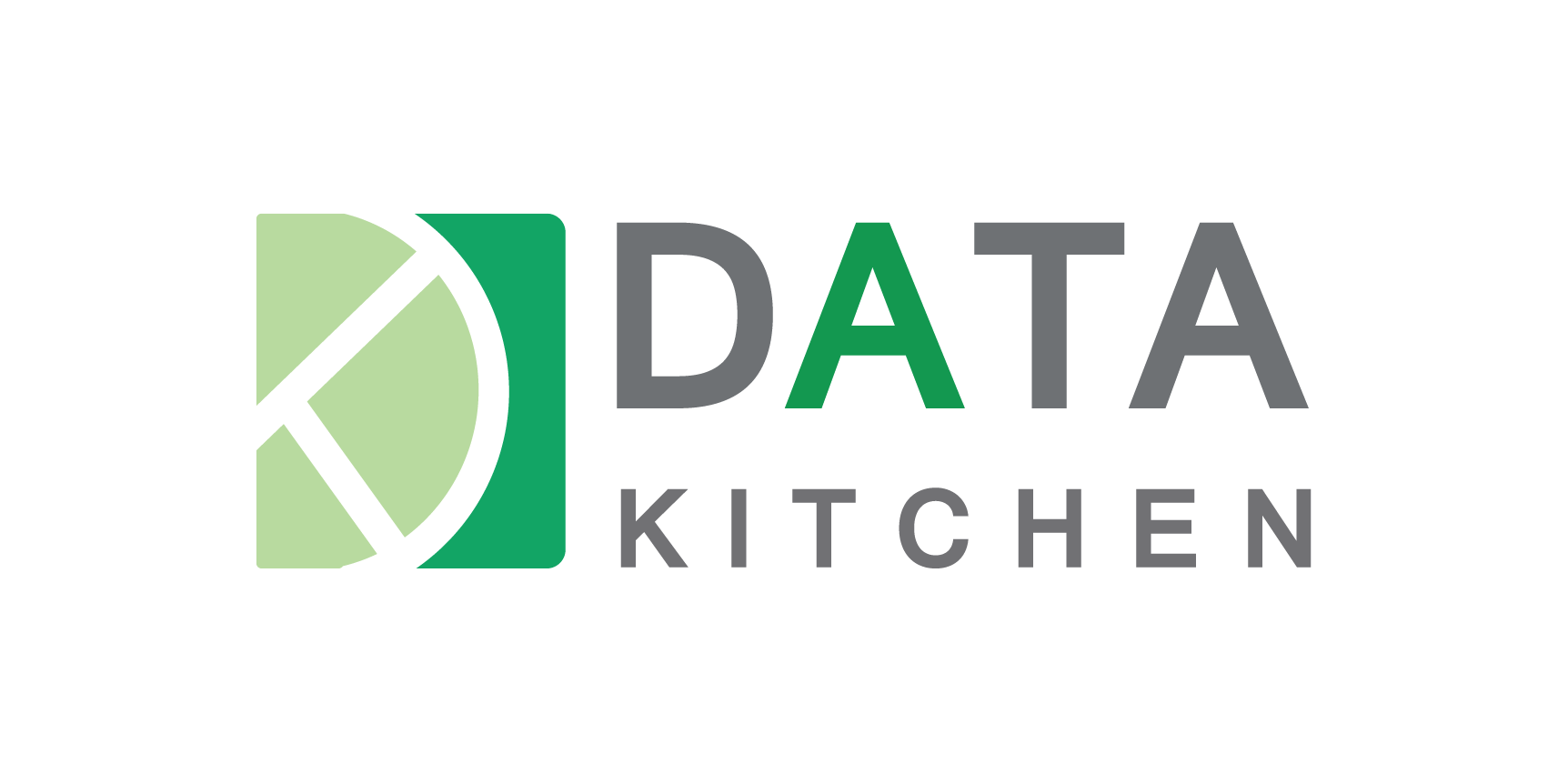In today’s digital-first world, data is the main source to help you with information-based decision-making, strategic planning, and customer engagement. The critical process of Data Migration works as an assurance to maintaining the relevance and efficiency of your business data management strategies. This blog post presents a complete and complex journey of Data Migration, offering a structured guide and best practices to ensure a smooth transformation.
Introduction to Data Migration
Data Migration includes the process of moving data from one storage system to another. It includes a comprehensive process including planning, selecting the right tools, ensuring data quality, mapping data accurately, and much more. Whether it’s upgrading systems, consolidating data centers, or transitioning to cloud-based storage solutions, the aim of Data Migration remains to increase efficiency and decision-making capabilities without compromising data integrity or security.
Planning Your Data Migration Journey
Success in Data Migration begins with meticulous planning. This phase is about setting clear objectives, defining scope, identifying potential risks, and strategizing on mitigation. A detailed project timeline and a dedicated team are crucial. Effective planning ensures that roles are clear, timelines are realistic, and the project stays within budget. Below is how you can plan your data migration journey:

1. Choose the Right migration platform
Decide where you are transferring your data. This could be a new app or a different kind of cloud storage. The reliability for security of your data is very important for the storage place. Also, its capability to store data is very important. Before choosing one you need to be very sure about your data volume and compatibility of platform. This pre-analysis will save you from further data loss.
2. Choosing the Right Data Migration Tools
The selection of appropriate tools is necessary for flawless Data Migration. With many options available, each offering unique features for different migration needs, your choice should be informed by factors like data volume, source and destination platforms, and data types. Tools with automation features can significantly reduce manual efforts and reduce errors. Below mentioned tips below can help you choose the right Data Migration Tools for your purpose:

Assess Compatibility and Integration Capabilities
Ensure the data migration tool you choose is fully compatible with both your current and future systems. It should flawlessly integrate with your databases, applications, and cloud services without causing disruptions. Compatibility ensures a smooth migration process, reducing the risk of data loss or corruption.
Evaluate Scalability and Performance
The ideal data migration tool should not only meet your current needs but also scale your business. identify the tool’s ability to handle large volumes of data efficiently and its performance under different load conditions. Scalability and technologically advanced performance are key to accommodating business growth and data expansion over time.
Look for Comprehensive Data Quality Features
Data integrity is crucial during migration. Opt for tools that offer advanced data quality features, including data cleaning, validation, and duplication removal capabilities. These features help to maintain the accuracy and reliability of your data throughout the migration process.
Understanding Data Quality and Cleansing
Data quality is a basic requirement for effective Data Migration. Before migration, it is crucial to cleanse data to ensure its accuracy, completeness, and consistency. This process includes correcting errors, removing duplicates, and standardizing data formats. Data cleansing not only smoothens the migration process but also improves the overall data quality in the new environment.
The Importance of Data Mapping
Data mapping is a critical step in Data Migration, requiring the alignment of data fields from the source to the destination system. Effective data mapping ensures data is correctly placed and remains usable post-migration. It demands a comprehensive understanding of both source and destination data structures and may deliver complex transformations.
Executing the Migration
With planning, the right tools, and detailed data mapping done, you need to begin with execution. The execution stage is where strategy transforms into action. This is the travel time for your data from the old platform to a new platform. To ensure a smooth transition, begin with non-critical data. This approach allows you to spot and fix any issues at an early stage, reducing risks to your operations. By moving in stages, you maintain control and clarity, making this complex process a manageable and successful task.
Testing for Success
Testing is one of the crucial parts of the Data Migration process. By confirming correct data migration and proper function of the new system it gives you a pleasant assurance. Through constant and strict testing, including unit, system, and user acceptance testing (UAT), any issues can be identified and resolved before the system goes live. That directly helps in minimizing operational disruptions.
Troubleshooting Common Data Migration Challenges
Despite meticulous planning, challenges such as data loss, corruption, and compatibility issues can arise. A technologically advanced troubleshooting plan, including data backups and clear rollback procedures, mitigates these risks effortlessly and ensures resolution without significantly affecting the project timeline.
That makes you confident about completing the project under a committed timeline even without compromising with security or error risks.

Post-Migration Strategies
This blog post has covered almost all related aspects of data migration. What is left to cover is post-migration strategies. Once you are done with your migration you need to be sure that the procedure continues in the same way for the next migration. For that, you need to prepare post-migration strategies. These strategies are the base to ensure a successful migration process.
Post-migration strategies include continuous system monitoring, data integrity evaluation, and user training. Continuous system monitoring prevents the risk of error and has an on-time solution. Data integrity evaluation strategy helps you to identify if the quality of data is as per requirement or not.
Post-migration strategies also present an opportunity to decommission old systems and perform thorough project audits to confirm the achievement of all objectives.
Conclusion
Data Migration is a complex but important process for businesses aiming to maintain a competitive advantage in the digital business world. A structured approach, application of appropriate tools, and emphasis on data quality and testing provide a flawless migration. Data migration’s goal is not just to move data but to increase its value and usability, thereby improving informed decision-making and operational efficiency.

I’m Isha Taneja, and I love working with data to help businesses make smart decisions. Based in India, I use the latest technology to turn complex data into simple and useful insights. My job is to make sure companies can use their data in the best way possible.
When I’m not working on data projects, I enjoy writing blog posts to share what I know. I aim to make tricky topics easy to understand for everyone. Join me on this journey to explore how data can change the way we do business!
I also serve as the Editor-in-Chief at "The Executive Outlook," where I interview industry leaders to share their personal opinions and add valuable insights to the industry.


